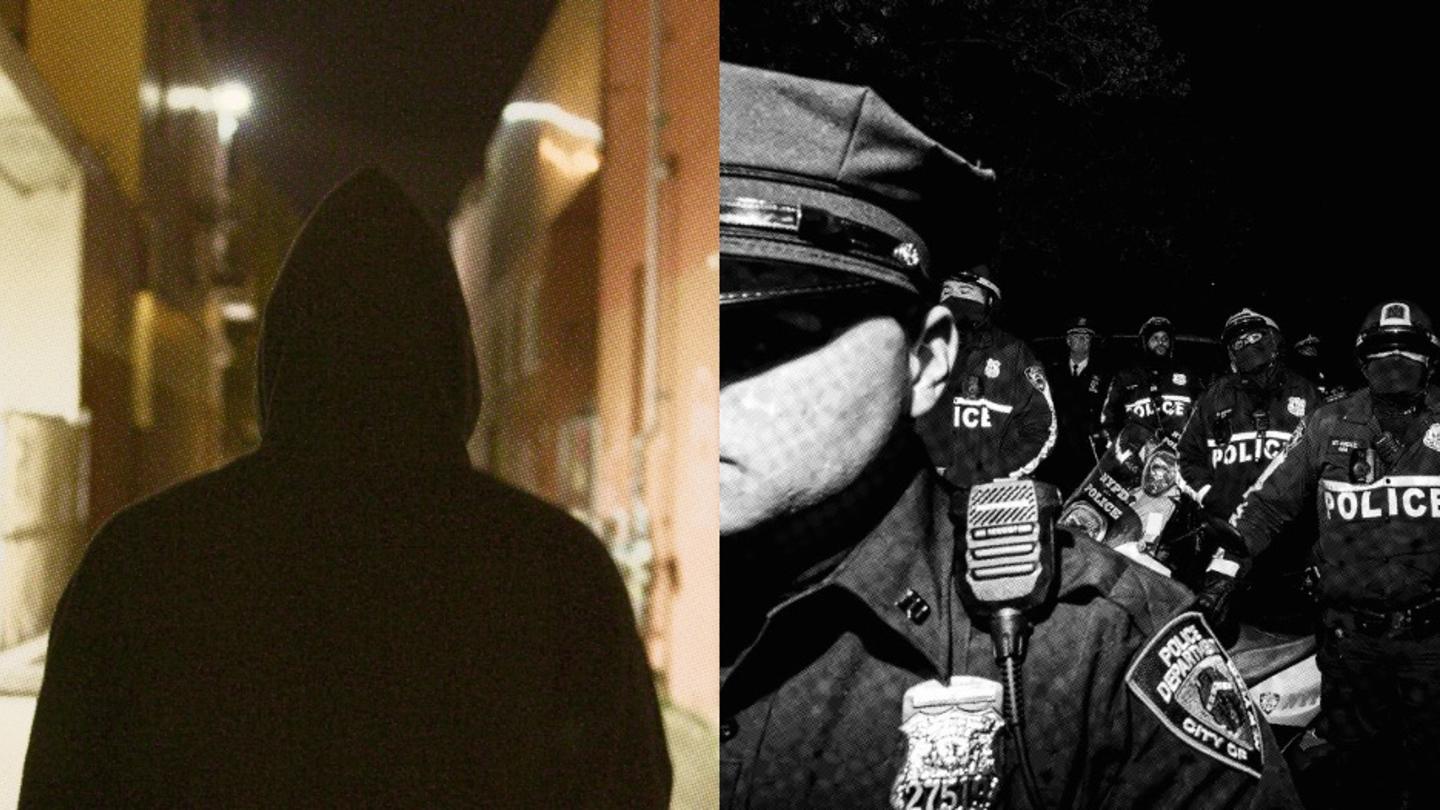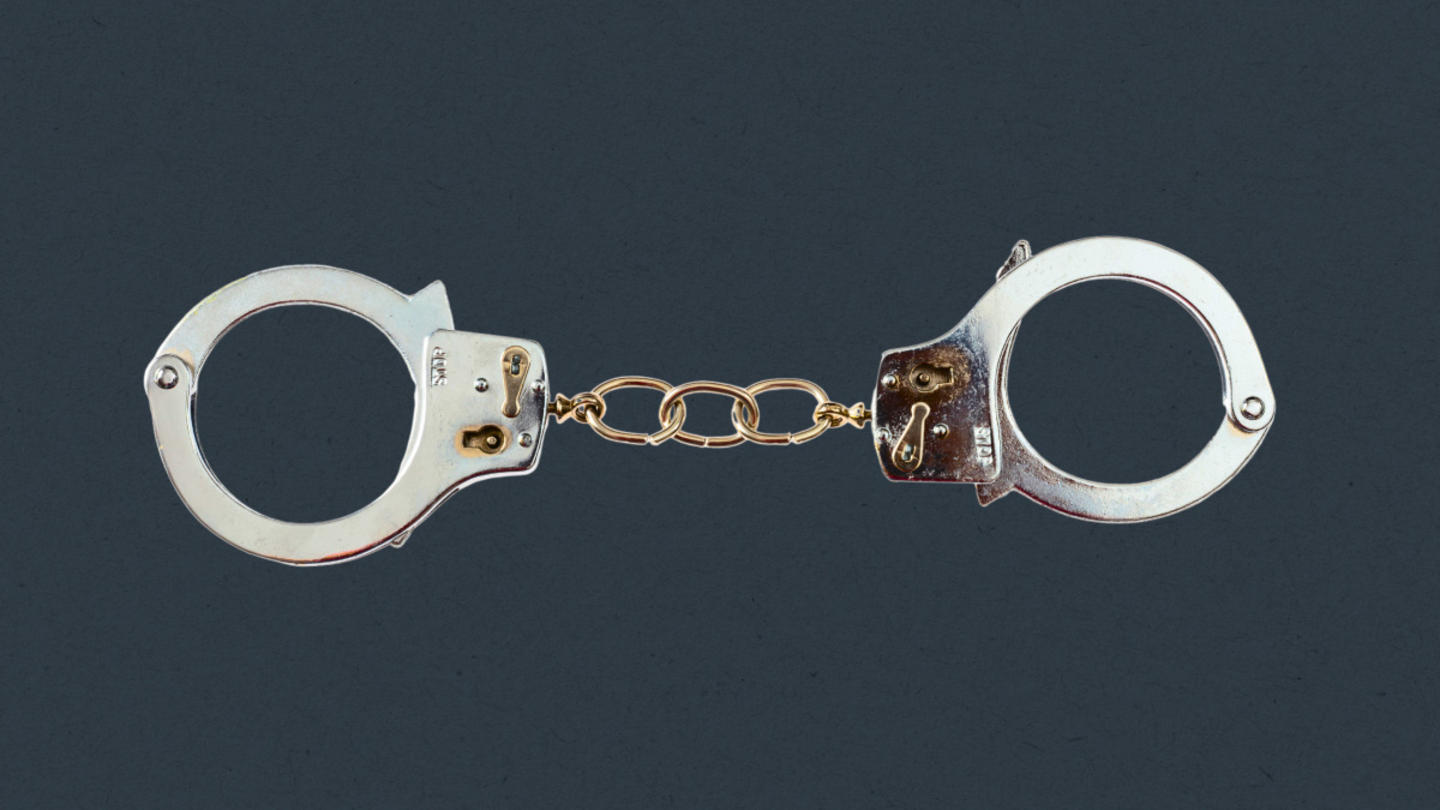This article was originally published by Stand Together Trust.
Civil asset forfeiture is a practice that allows law enforcement to seize property and take possession of it based merely on the belief that the property may have been involved in a crime.
Under civil asset forfeiture, law enforcement is authorized to take the property without beginning criminal proceedings against a defendant. Why is this considered legal? Instead of charging an individual with a crime (an in personam action), the government charges the property itself with a crime (an in rem action). Charging property instead of an individual with a crime has serious legal consequences. When the government brings charges against a person, it is obligated to respect the rights of criminal defendants, such as the right to trial by jury and the right to confront witnesses. When the government proceeds against property, however, the action is civil instead of criminal—and the rights of criminal defendants do not apply. Under civil asset forfeiture, there’s no longer a concept of “innocent until proven guilty.”
One of the main justifications for civil asset forfeiture is that criminals should neither profit from crime or the fruits of illicit activity. As such, law enforcement agencies frequently seize the tools that criminal use (like a counterfeiting machine), as well as the profits of the criminal enterprise. The theory behind this strategy is to take down large criminal organizations that rely on cash flow from the sale of illicit goods or activities. In practice, however, the targets of civil asset forfeiture are often the last people we might suspect.
Civil asset forfeiture impacts innocent Americans across the country, but there are many egregious stories demonstrating how worrisome this practice is. Take for instance the story of Elizabeth Young, a widowed grandmother. Law enforcement confiscated Young’s house and car because her son was arrested for selling less than $200 worth of marijuana. Prosecutors argued that the house and car “facilitated” the drug sales, even though Young was an innocent owner and had no knowledge of her son’s illicit activity. After years of legal battles, Young finally prevailed at the Pennsylvania Supreme Court and returned to her home.
Some civil asset forfeiture statistics show that others in Philadelphia are not so fortunate. In the past 11 years, the city of Philadelphia has seized over 1,000 homes, more than 3,000 vehicles and $44 million in cash.
Another reason why the United States needs civil asset forfeiture reform is that innocent property owners cannot easily retrieve their lost property. Once an asset is seized, the burden of proof typically rests on the owner to demonstrate that the property had no connection to crime, and the individual has no right to legal counsel as he would in criminal cases. This makes litigating to get property back a difficult, time-consuming, and expensive process. For many asset owners, it is not worth the cost in time and money.
Indeed, police departments may have an incentive to seize and retain amounts of money that would be considered large for most Americans but not large enough to justify hiring legal counsel, which would cost far more than the amount forfeited (e.g., a few hundred dollars). In Washington, DC, for example, more than half of the $5.5 million in seizures since 2009 have involved $141 or less, and nearly 1,000 seizures have involved $20 or less. By comparison, it would be nearly impossible to hire a lawyer for any legal matter in Washington, DC, for less than $1,000.
To make matters even more troubling, law enforcement is incentivized to use (and abuse) civil asset forfeiture because most state policies do not require that property be returned to a state general fund. Instead, police departments generally keep and spend what they seize—a practice which columnist George Will describes as “a textbook example of moral hazard.” The use of civil asset forfeiture to seize cash, cars, and even real estate from private citizens has in fact become a routine source of funding for police departments.
Stories about the absurd purchases made using forfeiture funds are legion. One police department in Texas purchased a margarita machine, one in Oklahoma used forfeiture funds to pay off student loans, and there are many, many stories of police departments using funds to purchase heavy weaponry that is inappropriate for a civilian police force. Even when police departments use forfeiture funds for proper expenditures such as uniforms or cars however, there is still an abuse inherent in spending funds that have not been allocated to law enforcement through a transparent legislative process.
Ultimately, abuse of civil asset forfeiture laws undermines the trust between police and the communities they serve. Instead of relying on prosecutors and police to uphold the rule of law, civil asset forfeiture skews public perception of the legitimacy of their actions. Americans truly believe that our justice system should treat people as “innocent until proven guilty,” but current laws accomplish the exact opposite. While civil asset forfeiture laws may have been passed with good intentions, the time has come for civil asset forfeiture reform.
Many policy groups have called for civil forfeiture to be abolished and replaced with criminal forfeiture. Under that system, law enforcement agencies would still be able to seize property they believe is connected to criminal activity, but individuals would not permanently forfeit property to the state without being convicted of crime. Three states—North Carolina, New Mexico, and Nebraska—have ended civil forfeiture and now handle seizures using the criminal law.
Short of a complete overhaul, there are three main areas where civil asset forfeiture laws could significantly be improved.
Protect innocent owners
The first is stronger protections for innocent owners. Under current law in many states, property owners face a daunting process of establishing their innocence and regaining their seized property. Many proceedings are handled administratively, without a judge and without the right to an attorney. Moreover, an owner wishing to regain seized property must comply with short deadlines, and failure to file on time (even if late by one day) can result in immediate forfeiture. This dizzying maze of legal hurdles prompted Brad Cates, director of the asset forfeiture program at the Justice Department from 1985 to 1989, to declare that “All of this is fundamentally at odds with the U.S. Constitution. All of this is at odds with the rights that Americans have.”
Policymakers should ensure that innocent owners have an immediate hearing before a judge to quickly determine whether a seizure was justified. Throughout all the proceedings, the government should presume that property owners are innocent. The burden of proving guilt rightly belongs to the prosecution, not ordinary citizens who must prove their own innocence.
Raise the burden of proof
The second reform relates to the burden of proof that law enforcement agencies must establish before permanently keeping seized property. Many states only require that prosecutors prove that the property was connected to criminal activity by a “preponderance of the evidence,” which means that all law enforcement must prove is that the evidence is “more likely than not to be true.” This standard falls far short of the criminal law’s demand of “beyond a reasonable doubt,” the highest standard in criminal law.
Many states have already implemented the standard of “clear and convincing” evidence for forfeiture proceedings, meaning that prosecutors must prove that evidence of wrongdoing is “more probable to be true than not,” as well as possess a firm conviction of the fact. A change in the standard of proof would rightly shift the balance of power off the backs of innocent citizens and onto the government.
End equitable sharing
The third, and perhaps most important reform, is ending the practice of equitable sharing. Under this policy, even if a state has reformed its forfeiture laws, federal agencies can circumvent these vital protections by offering cash incentives to local police if they agree to cooperate with federal property seizures. In return, state agencies can receive up to 80 percent of the value of the proceeds. State policymakers should end their involvement with the equitable sharing program and regain sovereignty over local policing and budget decisions.
***
Learn more about Stand Together’s criminal justice efforts, and explore ways you can partner with us.




